For savvy gym-goers, cheating is the new ab trend (although it's always good to have abs). In fact, the large trapezius muscles, an important muscle of the upper back, indicate that you have the right priorities. Not only do your upper back muscles help you maintain a healthy posture by keeping your head and neck in place, they also provide a place to rest a loaded barbell and result in greater overall pulling strength.
Below are the 10 best upper back exercises for back development, strength and overall aesthetics. There's a mix of old-school exercises like the barbell bow row and new-school exercises like the TRX row. These movements target all the major muscles of the upper back, such as: B. the rhomboids, trapezius and posterior deltoids.
Top 10 Best Upper Back Exercises
1. Barbell Row
The hand weight line reinforces your upper back, shoulders, biceps, hold and it's the ideal embellishment practice for working on your deadlift.

The twisted around line likewise mirrors the hip pivot and holding the hip pivot under load for time will assist with working on your lower and upper back perseverance. This isn't a glute work out, yet the line likewise supports great hip pivot mechanics, which will have a direct remainder to your deadlift.
2. Single-Arm Dead-Stop Row

There's a huge number of varieties to look over with the single-arm free weight line. Single-arm free weight lines are ideally suited for resolving strength uneven characters that frequently exist among sides and you'll get some additional center work as sidelong solidness.
With the dead-stop column, you'll go through a more drawn out scope of movement and in light of the respite on the floor to rest your grasp, you'll have the option to go weighty for more muscle development. Halting and stopping on the floor removes the stretch reflex of the muscle, so your muscles work harder on the concentric piece of the lift.
3. TRX Row
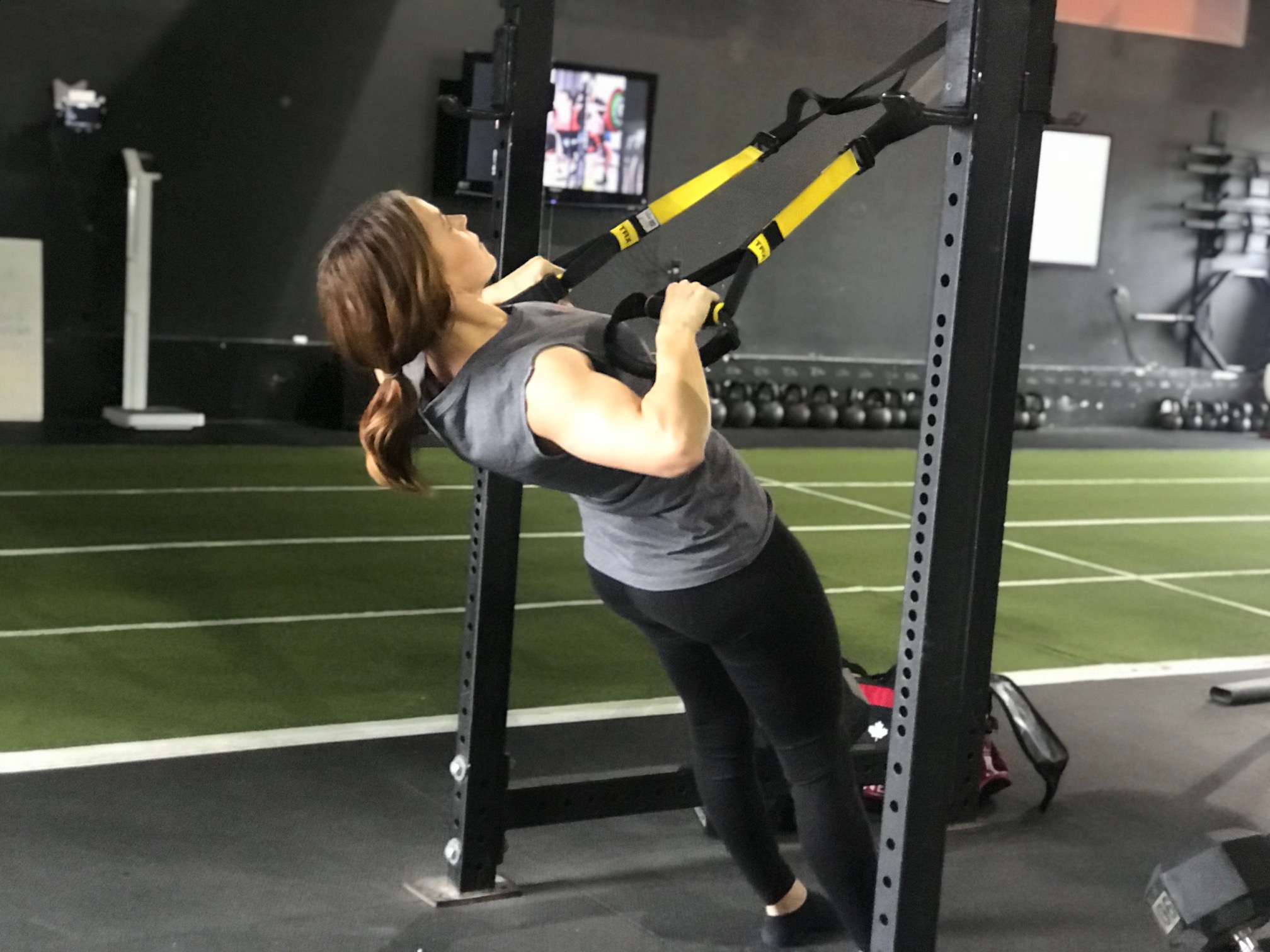
The excellence of the TRX is you can increment or lessening the power just by changing the foot position nearer or further away from the anchor point, which is perfect for fledglings and high level lifters the same.
This exercise when performed for higher reps will make them feel your upper back muscles like never before previously. Likewise an incredible choice for novices need stir up to weight lifting, as well as individuals who need to try not to stack up their joints with loads. Since this is a bodyweight work out, it's by and large simpler on your joints.
4. Single-Arm Landmine Row
The single-arm landmine column is a one-sided work out, meaning you work each side of your body in turn. This permits your more fragile side to get up to speed to your prevailing side, which, over the long haul, will bring about more generally speaking strength.
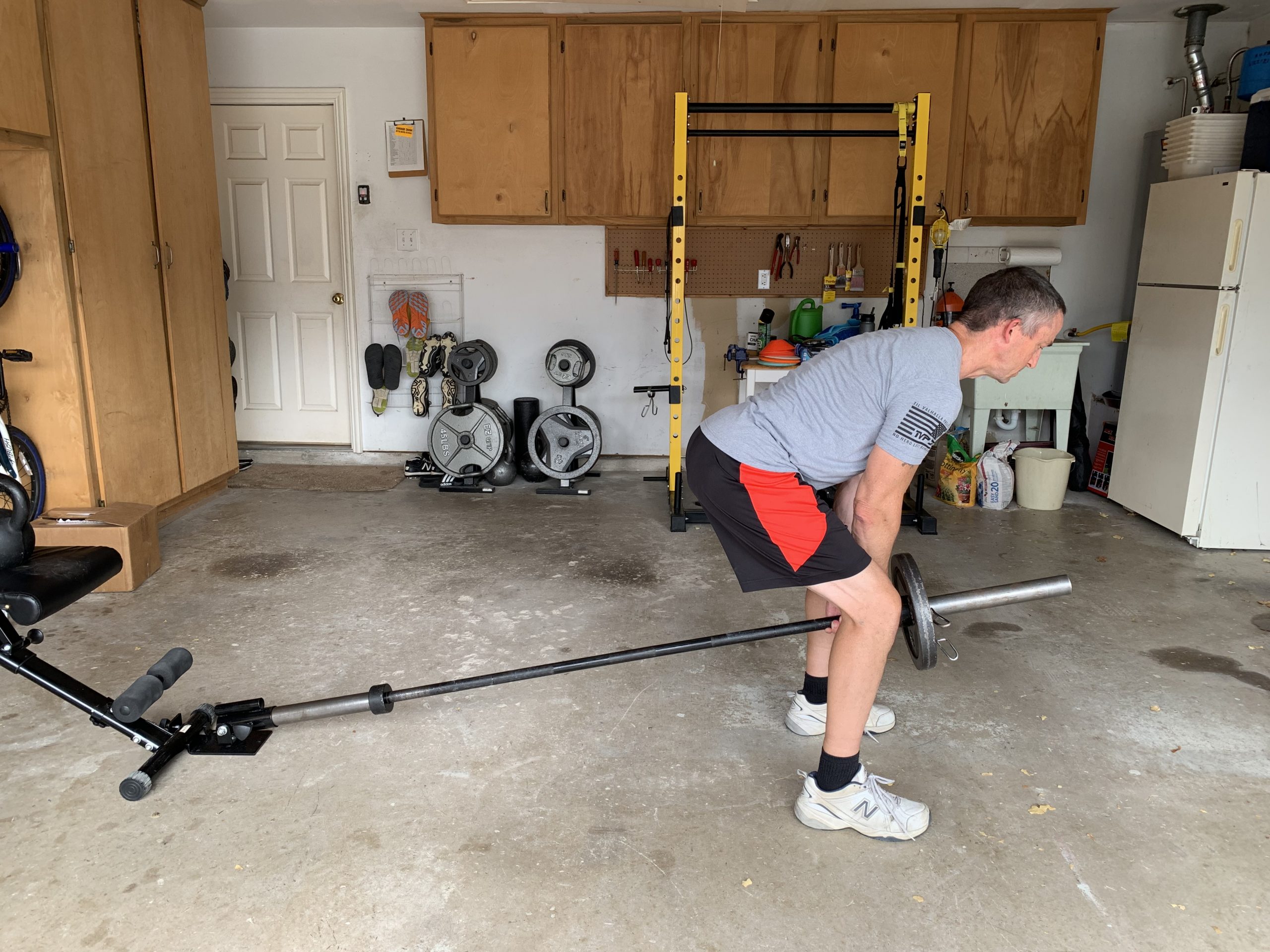
Likewise, paddling a free weight that is front-stacked with weight moves the strain for an alternate vibe which a few lifters could possibly like. In any case, how could it be better for your upper back? For the most part since you can all the more effectively control the point and situating of your body comparable to the heap basically paddling the weight right to your shoulder.
5. Seal Row
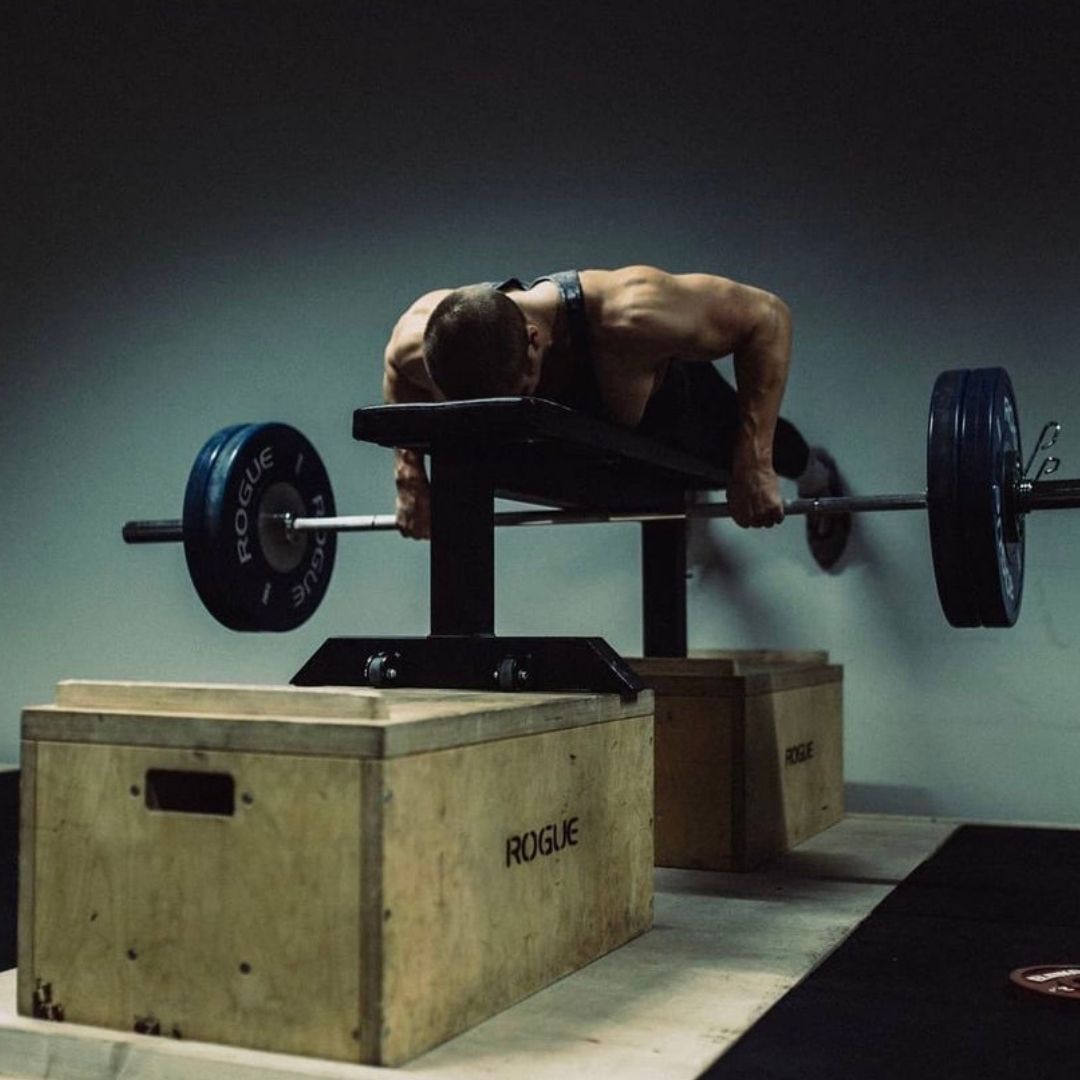
The seal line is a paddling variety that has you lay face down on a raised exercise seat, holding a free weight with two hands so that it's not contacting the floor. This inclined position removes all energy from the development so your upper back muscles are doing all of the (exacting) weighty liftings.
Most lifters go weighty with lines and utilize more biceps and less scapula withdrawal which leaves the rhomboids disregarded. This exercise addresses both of these issues; the inclined position removes all energy, so you can truly seclude the objective region. It's likewise a lower-back well disposed variety, as supporting you in any kind of pivoted position is not working.
6. Face Pull
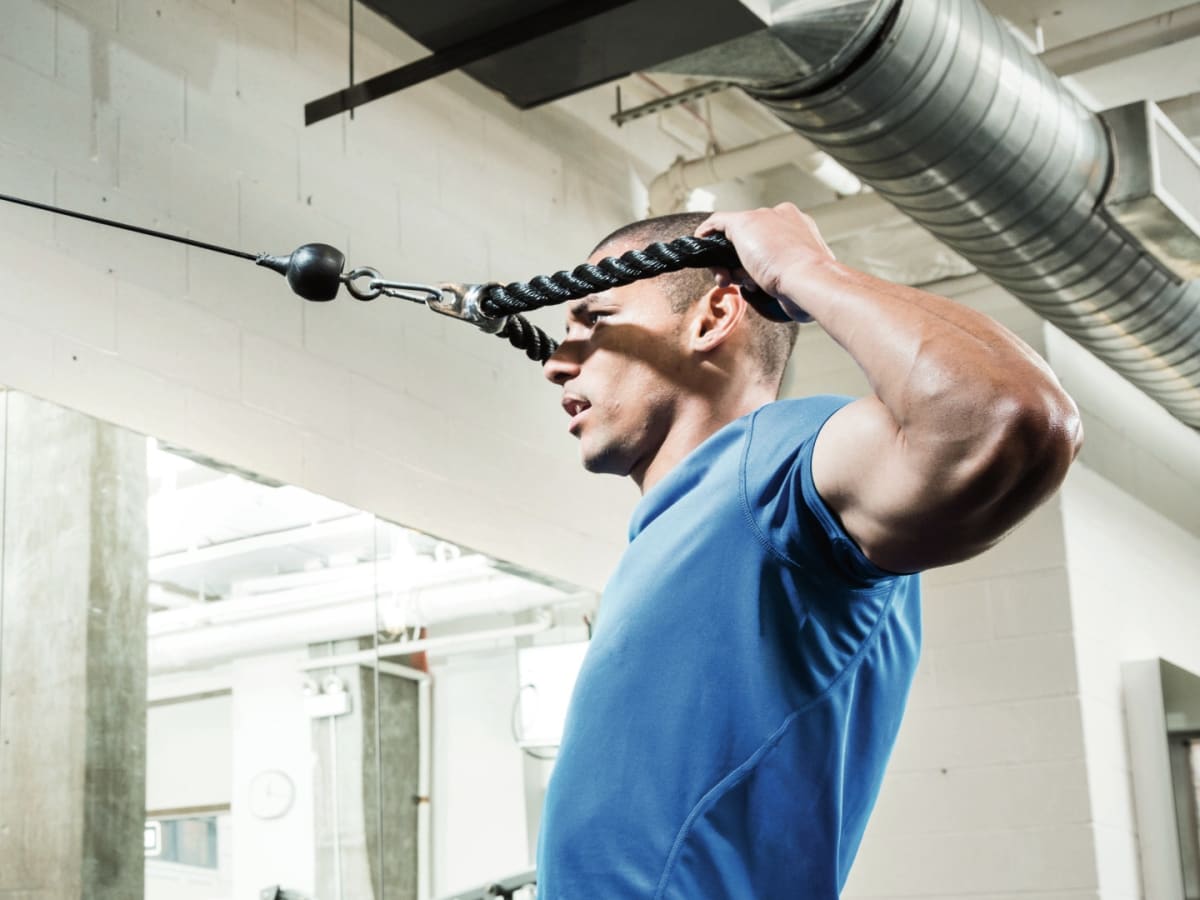
Face pulls will assist with adding size, strength, and perseverance to the back shoulders and upper back. The outside revolution toward the finish of the development will assist with pulling the shoulders back so you're truly actuating the snares and rhomboids, which are essential movers in scapular withdrawal.
Be certain not to go too weighty in light of the fact that you need to 'feel' those muscles working and not let your biceps dominate. You can likewise do these anyplace as long as you have a quality opposition band. The face pull increments shoulder strength, scapular dependability, and reinforces outside turn. It's an extraordinary low-force practice that can be matched with strength practices that need upper back strength and great stance.
7. Hang Clean

Nothing against the power clean, which is a staple in most expert weight rooms. Be that as it may, the hang clean has a more limited expectation to learn and adapt, and you can create power from a lower-back-accommodating position.
The hang clean actually requires a strong hip drive, areas of strength for a, and the exemplary plunge and-catch. The catch in the front rack will assist with fostering a greater burden.
8. High Pull
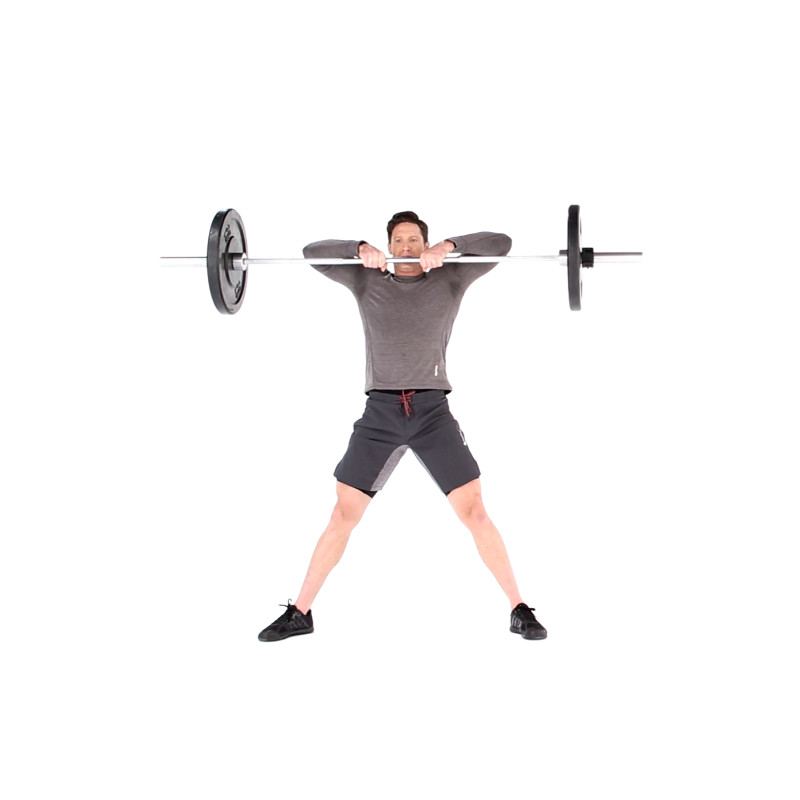
The high force is practically indistinguishable from the drape clean with the exception of you exclude the catch and squat. This makes it a less specialized move with a more limited expectation to learn and adapt while as yet burning your upper back.
You can perform high pulls from either the hang, to get your hips more included, or off the floor to expand scope of movement. Recall that anything gives you more influence will mean more weight and in this way more gains.
9 Rack Pull
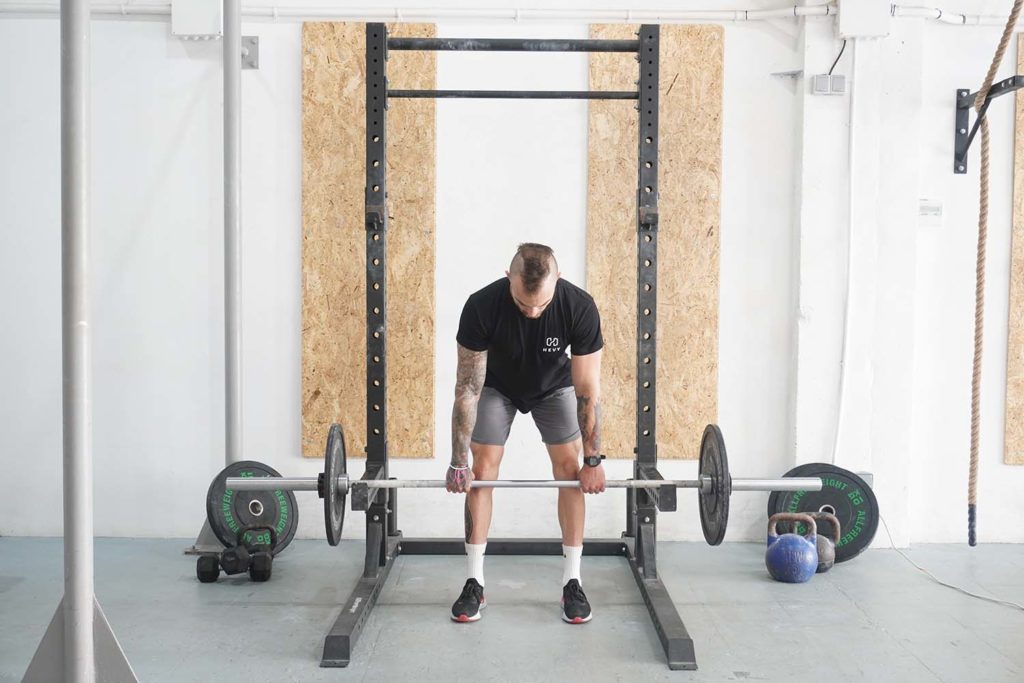
More weight isn’t always better, but when it comes to building a sick pair of traps, it definitely is. Your traps can take quite a beating, so it pays dividends to test them with exercises like the rack pull.
You can think of rack pulls as, essentially, partial-range-of-motion deadlifts. Load up a barbell around knee height (you can rest it on the safety bars of a squat rack, for instance) with more weight than you can deadlift, and then pull. That’s it. Your upper back will be screaming as your traps work as hard as possible to keep your shoulders stable and secure. As a bonus, rack pulls are easy to set up and perform in almost any gym.
10 Band Pull-Apart
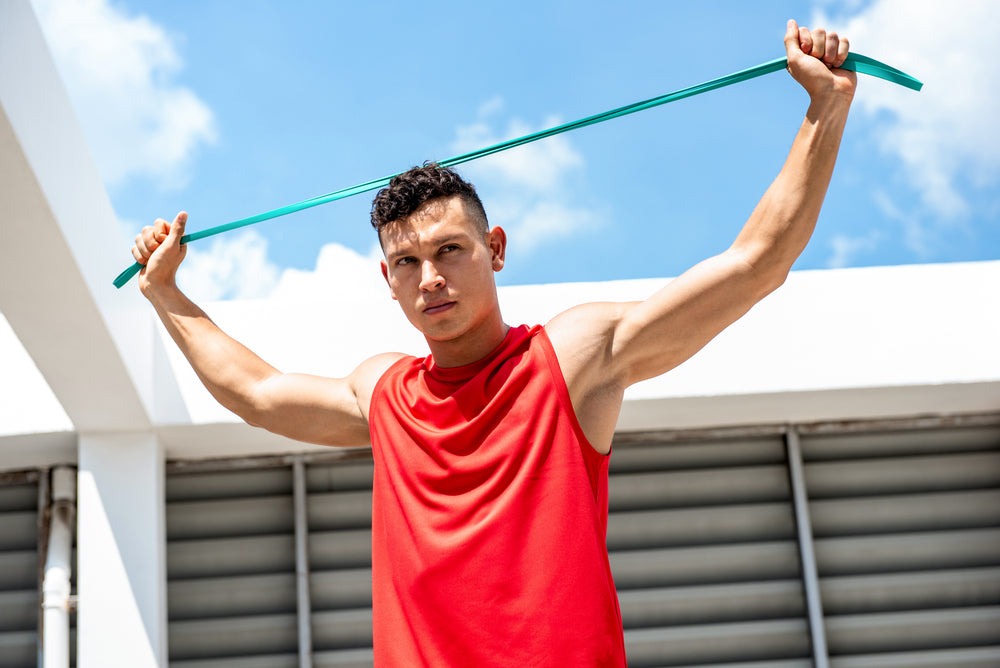
Not every upper back exercise needs to be hard and heavy. That region of your back is actually made up of many, many different small muscles, some of which require a more delicate touch if you want them to grow.
You can grab a resistance band and stimulate the muscles that attach to and affect your scapula, such as the posterior deltoid or supraspinatus, by performing pull-aparts. This exercise offers targeted muscular stimulation without having to turn to heavy weights.